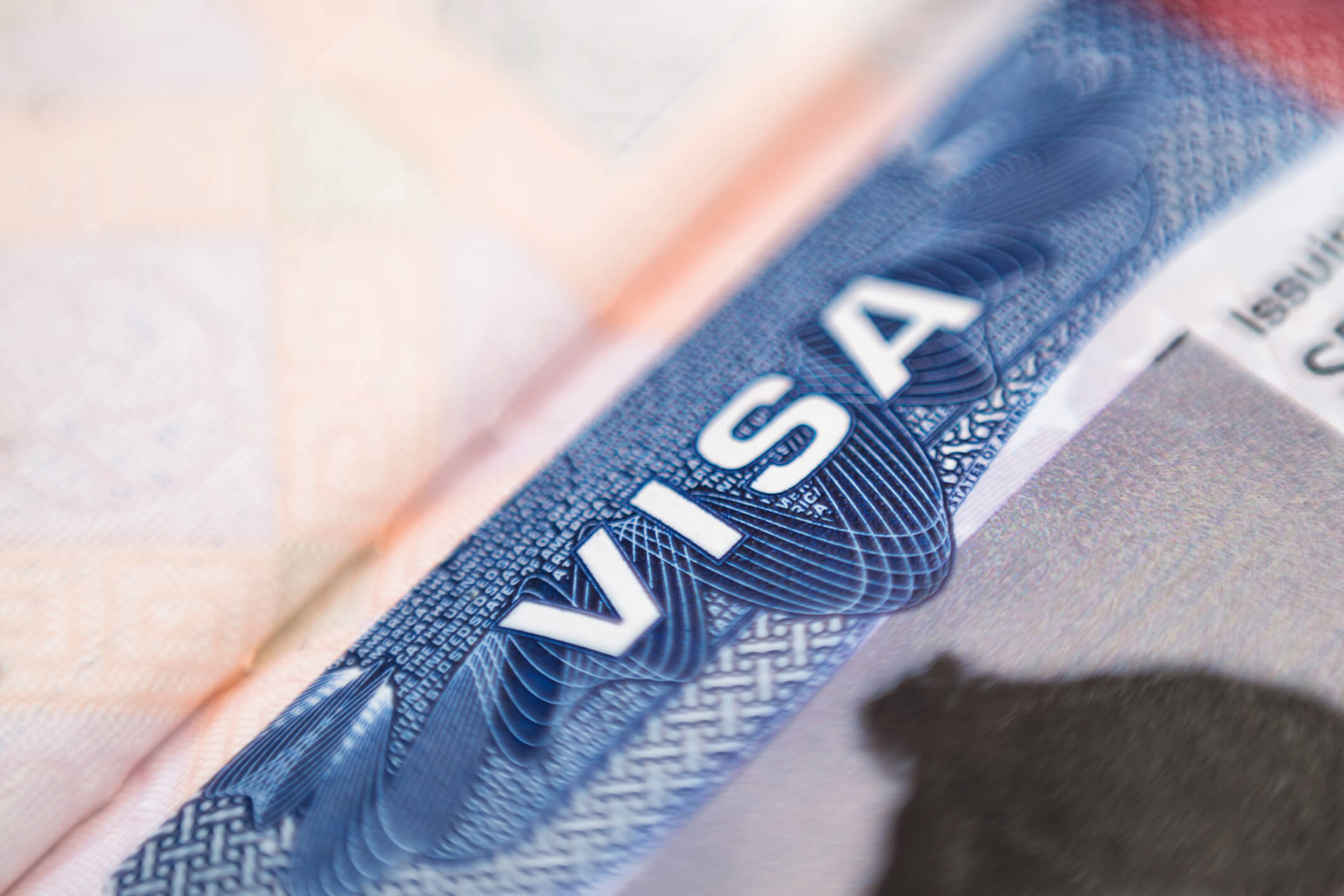United States Citizenship and Immigration Services (USCIS) has begun a widespread initiative to visit H-1B petitioner/employer worksites. Using funds collected from the $500 H-1B fraud fee, USCIS hired outside contractors to conduct these site visits. Reports indicate that USCIS will be making thousands of such visits in 28 cities over the coming weeks.
The site visit initiative follows last September’s H-1B Benefit Fraud & Compliance Assessment from USCIS’ Office of Fraud Detection and National Security (FDNS), which reported a violation rate of 20.7% for H-1B petitions in the Assessment’s sampling of 246 H-1B petitions. This included a 13.4% fraud rate and a 7.3% technical violation rate. The follow-up by USCIS is the next phase of detecting and reducing H-1B violations. The following FAQ will help familiarize employers with the site visit initiative.
Who is subject to a site visit?
Any employer that has filed an H-1B petition. Reports indicate that USCIS’ selection of employers is random, even though the Assessment indicated that the following classes of employers/cases indicated higher levels of fraud: firms with less than 25 employees; firms with less than $10 million in sales; firms less than 10 years old; petitions for positions in accounting, human resources, business analysis, sales and advertising; and petitions where the employee held a bachelor’s degree as opposed to an advanced degree.
Does USCIS provide notice of the site visit?
No.
Must I allow USCIS access to my premises and to my personnel?
No. In the absence of a subpoena or warrant, USCIS by its own admission has no clear statutory or regulatory authority to require employer cooperation with the site visit. However, cooperating may still be the best course of action (see discussion below).
What happens during a site visit?
The investigator will typically want to speak to an employer representative and the H-1B worker. Typical items/information asked of the employer include: basic questions about the company (type of business, offices, number of employees, etc.); how many employees the company has on H-1B status; a copy of the H-1B petition and supporting documents; basic information about the H-1B worker’s position, duties, wages, and hours; and copies of W-2s or wage statements. The H-1B worker may be quizzed about his/her title, hours, duties and salary and also about his/her credentials (to confirm whether the person truly possesses the credentials indicated in the H-1B petition).
What happens after a site visit? Should I be worried?
If your records are in order, you have nothing to worry about. Where USCIS finds evidence of fraud, the case may be referred to U.S. Immigration and Customs Enforcement (ICE) for further investigation. For other technical violations (e.g., failure to pay the required wage rate stated in the Labor Condition Application (LCA)), it is possible that USCIS might inform the Department of Labor (DOL) who has true LCA oversight authority or USCIS might try to revoke the H-1B petition. As the site visits are a new phenomenon, it is not clear as yet how USCIS will handle such determinations.
What type of violations is USCIS looking for?
The Assessment and anecdotal evidence regarding already conducted site visits suggest USCIS may be looking for the following types of violations: job location not listed on the H-1B petition and/or LCA; H-1B worker not receiving the required wage; fraudulent H-1B documents or H-1B worker credentials; non-existent business or office location; job duties significantly different from those listed on H-1B petition/LCA; misrepresentation of H-1B status by the H-1B worker (e.g., had been terminated from previous H-1B position prior to new employer H-1B being filed); and H-1B worker paid the $1500 ACWIA fee.
Should I allow the USCIS investigator on to my worksite and cooperate fully?
Although there is no requirement that you cooperate and answer questions, the pressure of having the USCIS investigator at your office, the seeming implication that you have something to hide, the fact that it is likely that USCIS will follow-up if you refuse to cooperate, and the reality that “the facts are what the facts are” suggests that immediate cooperation may be the better course. You might ask the investigator to return on another day or give some time (even if merely 30 to 60 minutes) to allow you to have an appropriate company representative assist them. The credentials of the investigator should always be verified. In addition, we suggest that you contact immigration counsel immediately. Only persons fully familiar with the H-1B process should speak to USCIS. Do not attempt to answer a question if you do not know the answer.
What can we do to prepare for a possible site visit?
Review and audit your H-1B/LCA records to make sure everything is in order and all information is readily available. Designate a specific individual at each H-1B worker location to meet the USCIS investigator should he/she arrive. Prepare a quick list of facts about the company and also a listing of H-1B workers, work locations, title and salary information.
H-1B site visits are just the latest in a series of revamped and reinvigorated government compliance initiatives. The current environment of government audits and enforcement underscore the need for employers to review immigration procedures and documentation to ensure maximum compliance. The above information is of course general in nature. For assistance with your specific situation, contact any member of Ogletree Deakins’ Immigration Compliance Group.
Note: This article was published in the August 2009 issue of the Immigration eAuthority.



